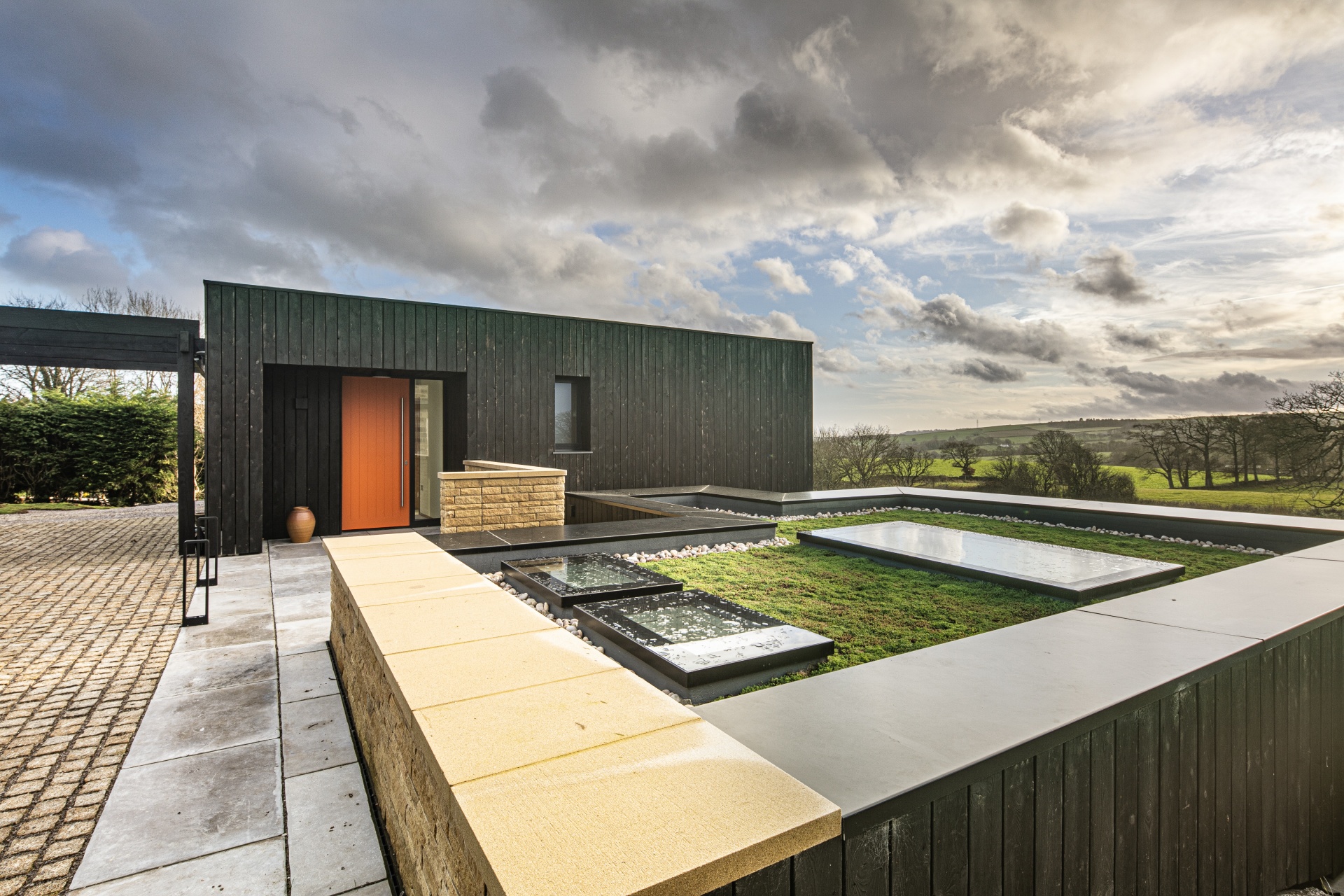The Role Of Roof Windows For Passive Solar Heating
Passive solar heating has become one of the most significant aspects of sustainable architecture, ensuring that no natural resource is wasted in the efficient heating of buildings. One of the key design elements that strongly support energy-efficient strategies is roof windows.
But how exactly do they work, and what considerations should homeowners and architects keep in mind when incorporating them into a space-heating strategy?
What is Passive Solar Heating, and Why Does It Matter?
Passive solar heating is a design strategy that captures the sun’s natural energy to heat buildings and indoor spaces without relying on external heating systems. The term “passive” is crucial because it means that no mechanical or electrical equipment is used. Instead, thoughtful design and construction choices are implemented to maximise solar heat gain while minimising heat loss and preventing unwanted overheating.
In architectural design, elements such as strategic window placement and insulation help to trap and store heat during the day, releasing it in the evening to maintain a stable indoor temperature.
By incorporating passive solar heating principles, homeowners can reduce energy consumption, lower heating bills, and move towards a more sustainable, eco-friendly lifestyle. Here’s why this approach is so effective:
-
Reduced energy consumption leads to lower heating costs.
-
Improved thermal performance enhances indoor comfort during cold weather.
-
Proper integration of roof windows enhances the benefits of solar heating systems.

How Do Roof Windows Contribute to Passive Solar Heating?
Roof windows play a crucial role in improving a home’s energy efficiency by allowing sunlight to reach areas that wall-mounted windows often cannot. Their strategic positioning enables them to capture and store solar heat, particularly when correctly angled towards the sun’s path. Some key benefits include:
-
Increased solar heat gain coefficient (SHGC), resulting in greater warmth indoors during winter.
-
Enhanced natural light penetration, reducing the need for artificial lighting.
-
Reduced reliance on heating and cooling systems during daylight hours, leading to lower energy bills.
Which Roof Window Features Enhance Solar Energy Efficiency?
Not all roof windows are equally energy-efficient. Certain features significantly improve their effectiveness in passive solar heating:
-
Low-E glass (low-emissivity coating): Reduces thermal loss while allowing maximum solar heat gain during the day.
-
Double, triple or quadruple glazing: Minimises heat loss and prevents extreme temperature fluctuations.
-
Manual or automated blinds: Provide better control over ventilation, helping to manage solar heat gain during summer and retain warmth in winter.
What Materials Are Ideal for Roof Windows in Passive Houses?
Choosing the right materials for roof windows is essential for achieving optimal thermal performance in passive solar systems. Some recommended materials include:
-
uPVC frames: Offer excellent thermal insulation and long-lasting durability.
-
Weather-resistant coated laminated wood: Maintains an elegant aesthetic while providing strong insulation.
-
Aluminium-clad windows: Deliver additional protection against the elements and ensure longevity while remaining energy-efficient.
By combining these materials, energy efficiency can be maximised, aligning with passive solar design principles.
How to Optimise Roof Window Placement for Maximum Solar Gains
The placement of roof windows significantly impacts solar thermal gain and prevents excessive heat build-up. Here’s how to optimise their positioning:
-
South-facing orientation: In the Northern Hemisphere, south-facing windows receive the most winter sunlight.
-
Roof window tilt angle: This should correspond to the location’s latitude to ensure optimal sunlight capture throughout the year.
-
Avoiding obstructions: Position windows where shadows from nearby buildings or trees won’t block direct sunlight.
Can Roof Windows Provide Ventilation Without Losing Heat?
Roof windows can balance natural ventilation with heat retention. Trickle vents allow small amounts of fresh air to circulate without significant heat loss while reducing excess heat gain on warmer days. Modern roof windows are also available with smart sensors that regulate ventilation based on indoor temperature and carbon dioxide levels. This helps maintain good indoor air quality without compromising warmth, ensuring an energy-efficient and comfortable home.
What Role Does Glazing Play in Natural Solar Heating?
The type and quality of glazing on roof windows determine their ability to capture and retain solar heat. Important glazing features include:
-
Low-E coatings: Improve thermal reflectance, reducing heat loss.
-
Argon-filled glazing units: Enhance insulation properties.
-
Toughened glass: Provides durability while maintaining energy efficiency.
Choosing the right glazing helps ensure that passive solar heating objectives are met, taking into account the building’s climate conditions.

How Does Passive Solar Heating Impact Energy Costs Over Time?
Homes that effectively utilise passive solar heating can experience significant long-term energy savings. Here’s how:
-
Daytime solar heat gain: Roof windows harness the sun’s warmth, reducing the need for external heating during winter.
-
High-quality window frames: Enhance insulation, further improving energy efficiency.
-
Durable, energy-efficient features: Reduce maintenance costs over time.
-
Lower carbon footprint: Contributes to a more sustainable lifestyle.
By maximising thermal gain from sunlight, improving ventilation, and enhancing overall thermal performance, homeowners can create a sustainable, energy-efficient living space.
Looking for the best roof windows for your home? Explore our range today!






